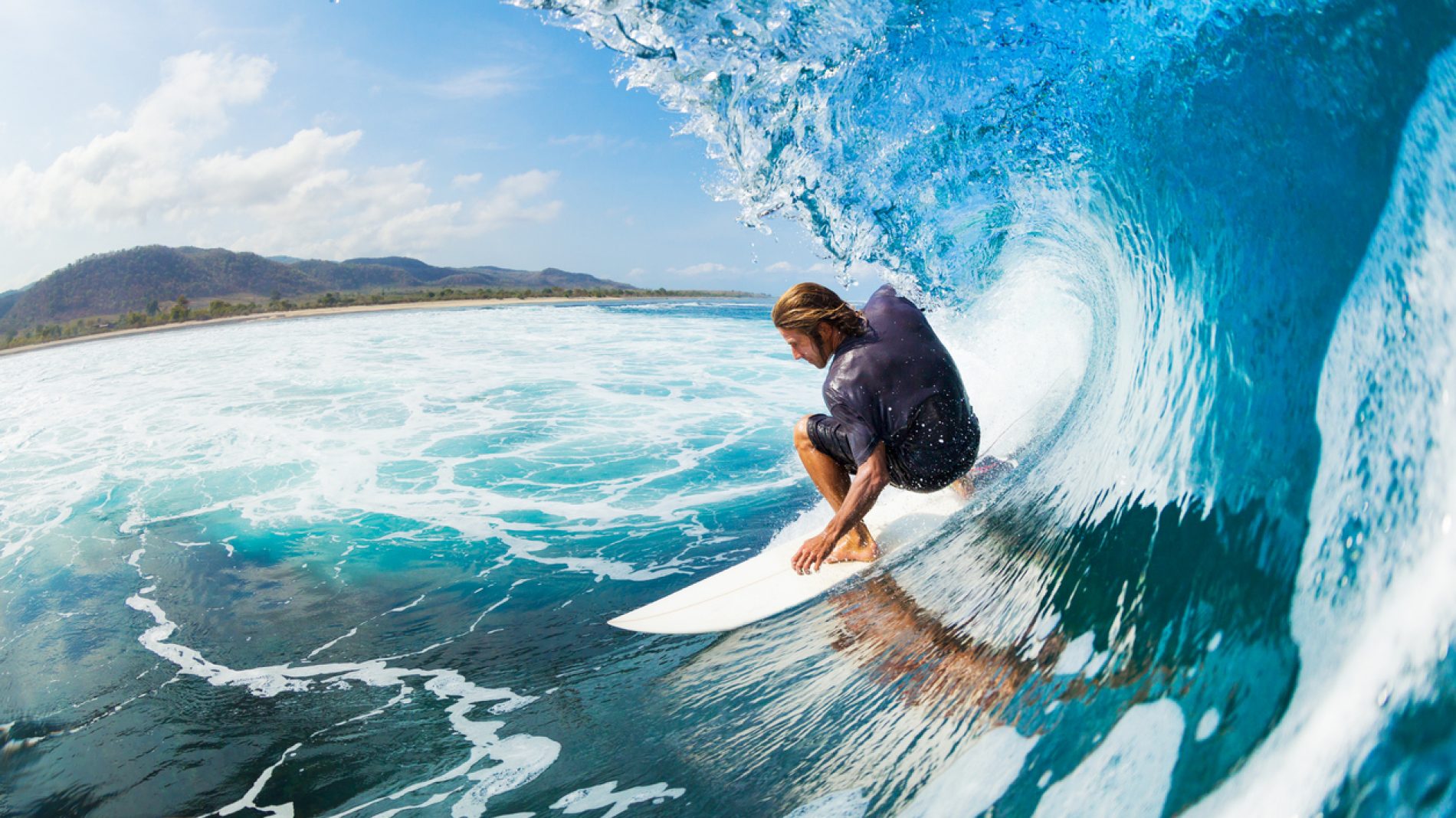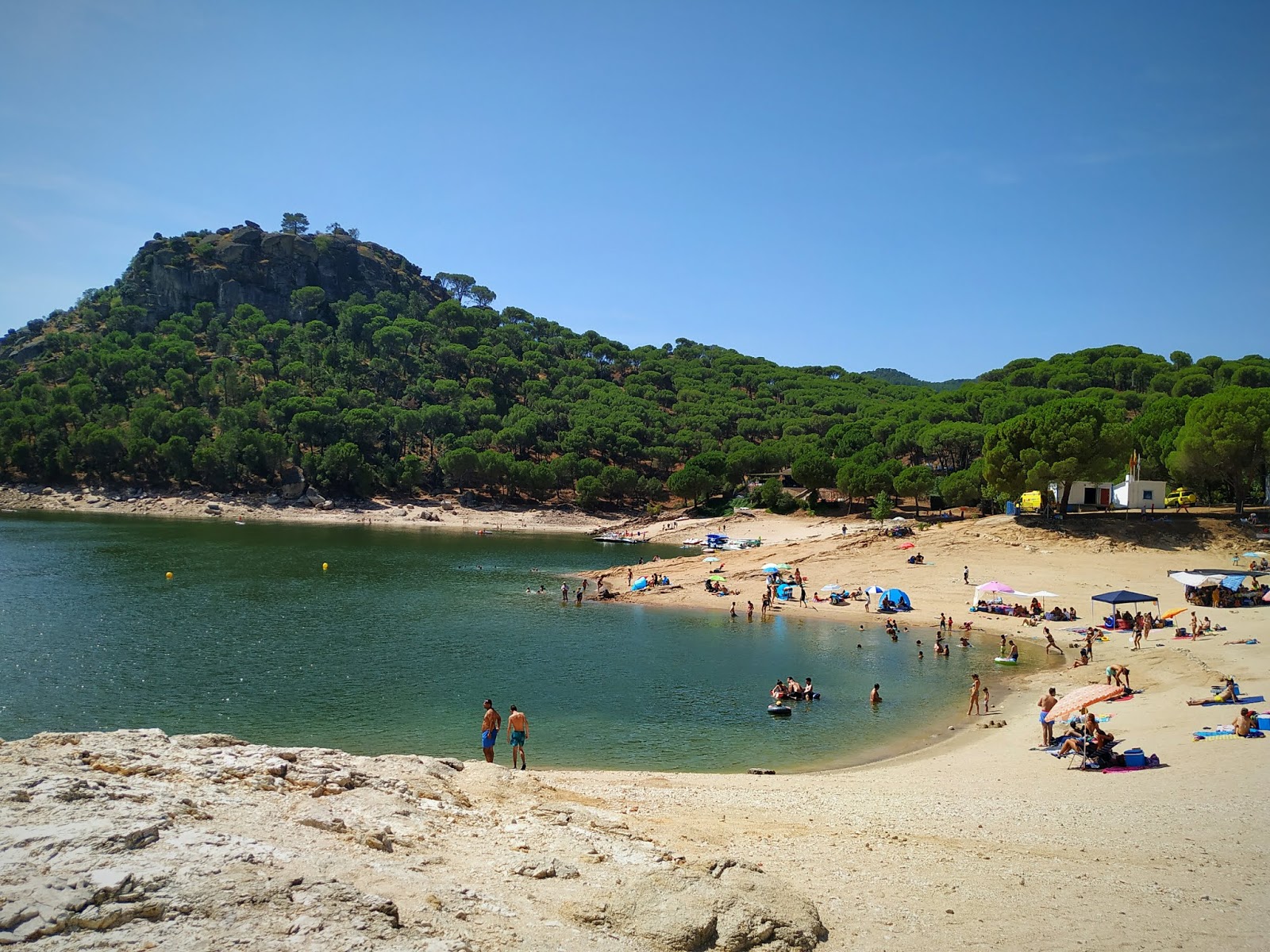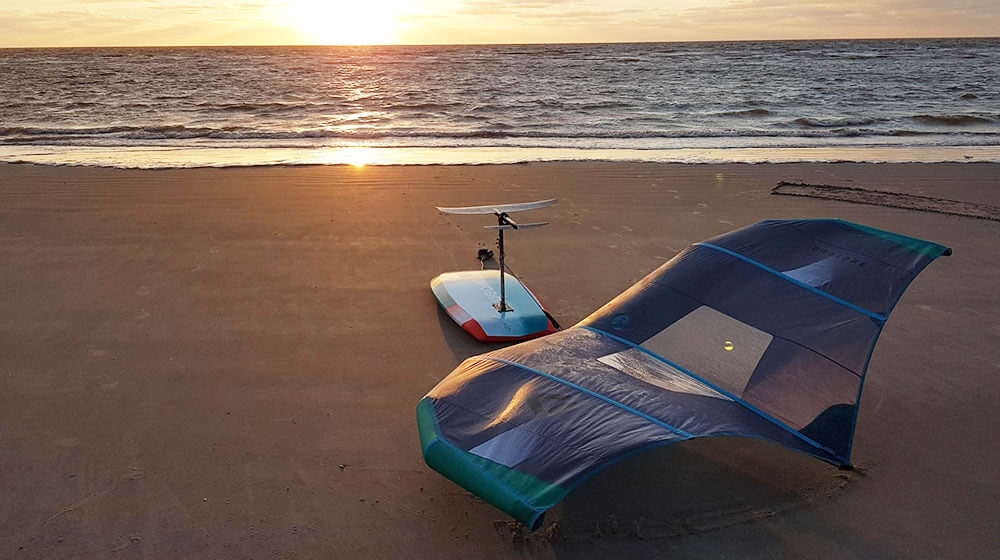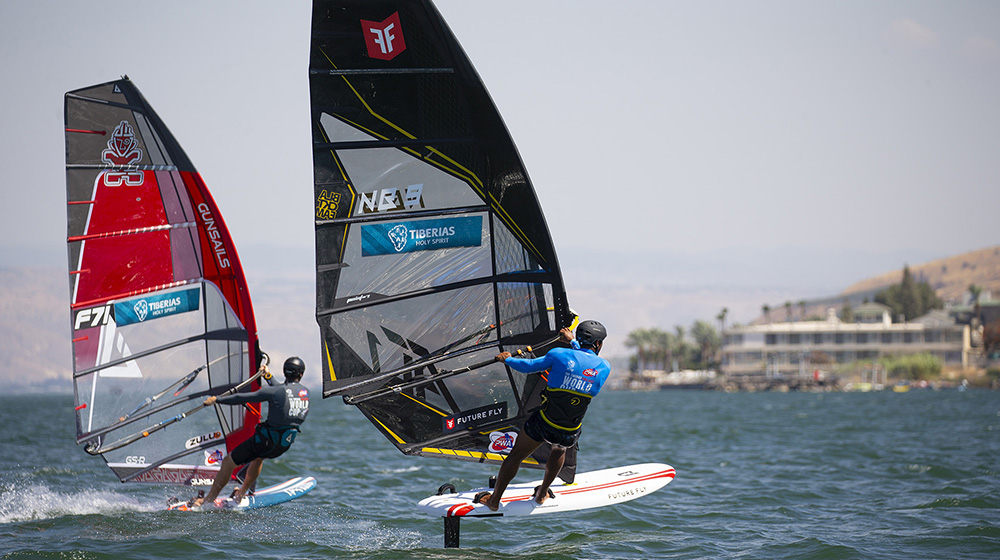
The ultimate windsurfing guide to get started
Reading time: 5 mins
Are you new to windsurfing and want to get the most out of this nautical sport? We have covered the basics for starters in windsurf. Learn how to have a basic stance and work your way to planing for adrenaline-pumping windsurfing!
- Understanding the kit
- Starting with a basic windsurf stance
- Getting on with steering
- Tacking and gybing: what is the difference?
- Finish off with planing
- What can you do next?
Start off by watching this video from World Sailing:
Understanding the kit
Knowing the kit is very useful to understand what we will be referring to. The windsurf kit is divided in two parts: the windsurf board and the rig. The board is the surfboard you will be standing on, and it has one or more fins and daggerboards underwater.
When starting the daggerboard, this should be down at all times. To do this, pull the big nob towards the rear, or stern, and to lower and towards the front, or bow, to raise when you are packing away.
Also, depending on the model, you will notice some foot straps and a deck plate to hold the rig on. The rig has a sail, a mast and a boom. The boom is the bit you will be holding on to, but the mast can also be used for support. A cord should run from the boom to the bottom of the mast: this is the uphaul, and it helps pull the sail up.
Starting with a basic windsurf stance
This is fundamental, if your basic stance is not right, you will find windsurfing to be harder than it needs to be and you will fall out a lot. Position your feet behind the mast foot, approximately a shoulder width apart. Then, check that your hands are a shoulder apart from the boom with your front arm extended and you back straight.
Your back foot should be placed across the board and your front foot should point to the front of the windsurf nose. This position will make an L shape. Then, if you notice the nose or tail are sinking, adjust your position backwards or forwards.
Getting on with steering
Learning how to turn in windsurf is key in order to get where you want to go. You will find that turning upwind is easier than turning downwind.
To start steering, tilt the rig towards the back of the board and keep the clew over the water. Hold it here in order to steer the board. Once heading towards the desired course, bring the rig back up to sailing position and continue your new course.
Downwind sailing is the opposite to upwind, and as so instead of tilting the rig back, bring it forward and across the board, opening out the sail slightly. Once you are on course, bring the rig back to its sailing position.
Beginners tip: keep your head up to check where you are going. At first you might be overwhelmed trying to get your hands and feet in their right position, but make sure to check your course and look straight at it!
Tacking and gybing: what are the differences?
While tacking means turning upwind so that the nose of the board turns into the wind, gybing is the opposite. During gybing, you turn the nose of your board away from the wind. Normally, it is easier to turn downwind, thus you learn how to tack before gybing.
Beginners tip: when learning how to tack and gybe, make sure you keep your knees bent and your body low to keep balance on the board.
Tackling the tack
Before you learn how to tack, we should keep in mind that during the whole manoeuvre we should keep the wind power in the sail. And to keep balance, we will be using the wind in the sail and keeping one hand on the boom at all times.
- From the normal sailing position, we will put the front hand on the mast, below the boom. The front foot will move to just in front of the mast. As we do this, tilt the mast so the sail is lowered to the back of the board.
- The board will start turning into the wind. We continue to hold the foot and hand positions until the sail is on the new side.
- Now, we have to be quick. We have to step around the mast and move from one side of the sail to the other.
- Bring back the back foot forward where your front foot was. Simultaneously, the back hand will replace the front hand on the mast. Keep the sail low for now.
- Move at the same tie the previously front foot to the back and the mast forward.
- Transfer your weight gradually and open the sail so that the wind does not build too much pressure in the sail. You are now ready to go!
Learning how to gybe
Although as soon as you start planing you will use a very different type of gybe, before getting to that level we need to spend time on the water and be able to turn in style. Let’s learn the basics on how to gybe:
- Put your back hand further back on the boom and lean the sail forward (towards the wind).
- As the boat begins to bear away, move your front foot behind your back foot and place your weight on it.
- Lean the mast forward and down towards the water.
- Pass through the downwind course and sail clew first in the new direction.
- Now, we move our feet forward so the new front foot is next to the mast and the new back foot is shoulder width behind.
- Once the feet are in place, shift the sail. Remember to bring the mast forward quickly.
- Bear up again so you get back to half reach on the new side.
Sounds easier than done, Windsurf University explains it in the following video:
Finish off with planing
Once you have the right stance, and know how to steer, tack and gybe, you have mastered the basics! You are probably ready for some adrenaline pumping planing: this means getting more speed.
Before you try this, make sure you have a harness, although many beginner windsurfers have unintentionally started plaining when the wind has picked up. Let’s say it is part of the learning process.
Firstly, when you first head out in strong winds, you might get pulled over the front of your board. This is known as catapult. In order to prevent this, you have to counteract the force of the wind in the rig.
You can achieve this by moving your weight further back on the board. Also, drop lower through your back leg and keep your front leg extended to accelerate the board. However, as you move back, the rig will also come back with you. This is why you need to remember to keep your front arm extended, keeping the rig away from your body.
What can you do next?
Now that you have the basics covered, you can continue learning your water sport skills on the water. Once you try out the basics in reliable winds on your favourite windsurf spot, you will be able to handle more intermediate windsurfing skills, like the beach start, the water start, the vulcan or even the forward loop!
If you liked this article and want to learn how to surf, then read:
The iQFOiL class, in collaboration with Starboard and World Sailing, has released several videos for everyone to get into and improve their windsurfing and iQFOiL skills. You can access them here.
Did you enjoy our article on how to learn how to windsurf? Follow Nautical Channel on Instagram, Twitter and Facebook for the latest nautical news.













_v2.svg)
_v2.svg)









_v2.svg)


